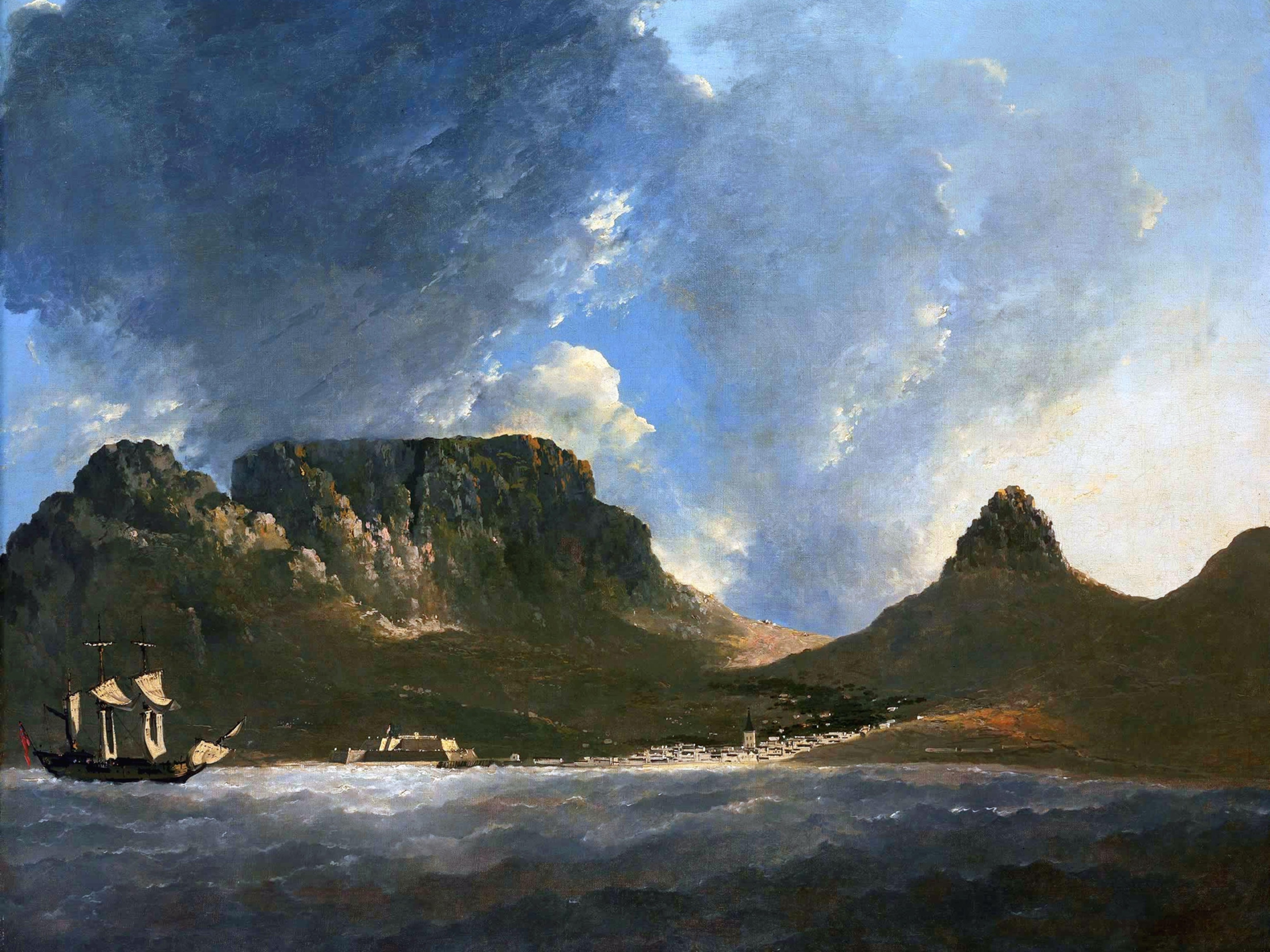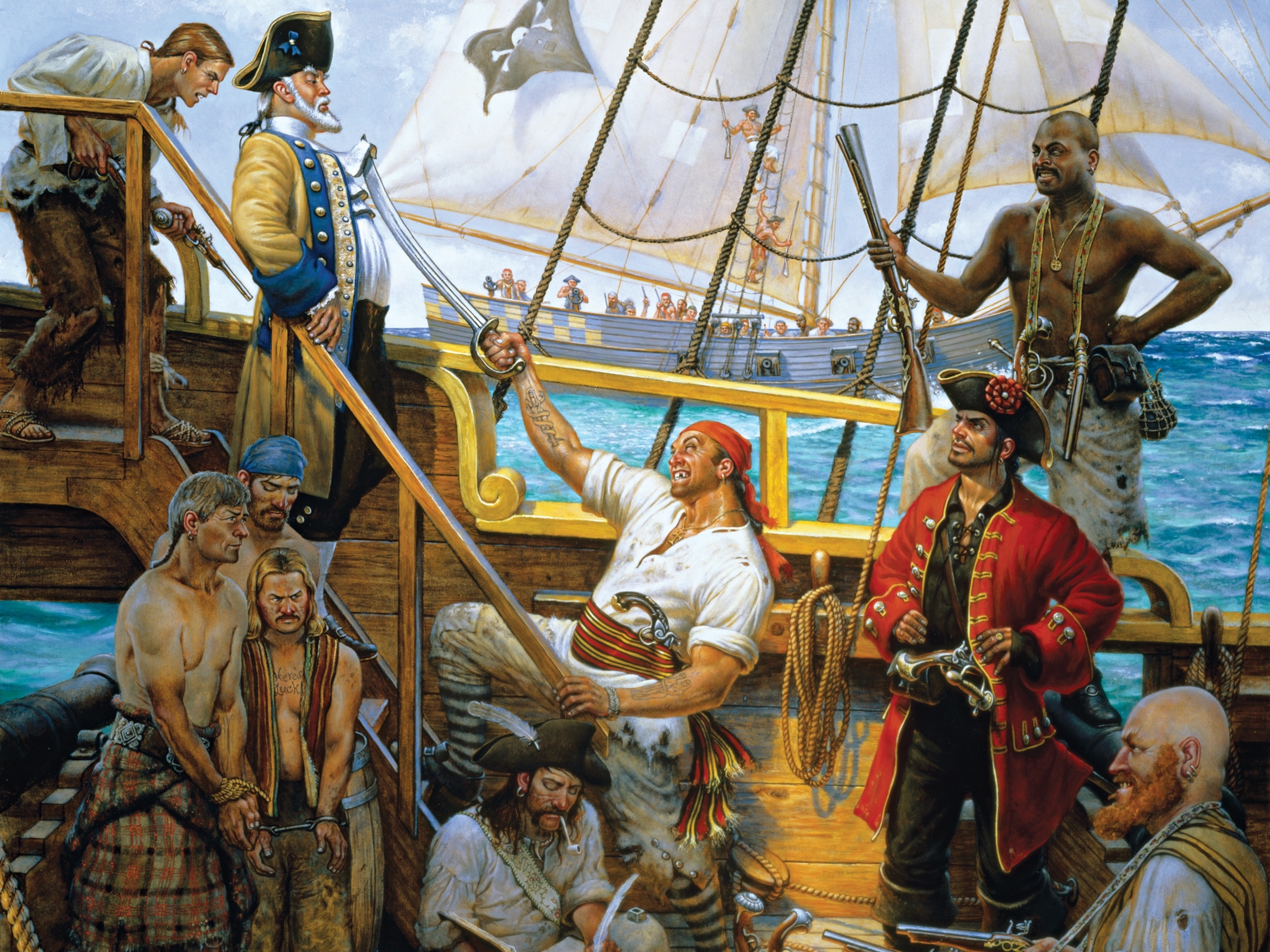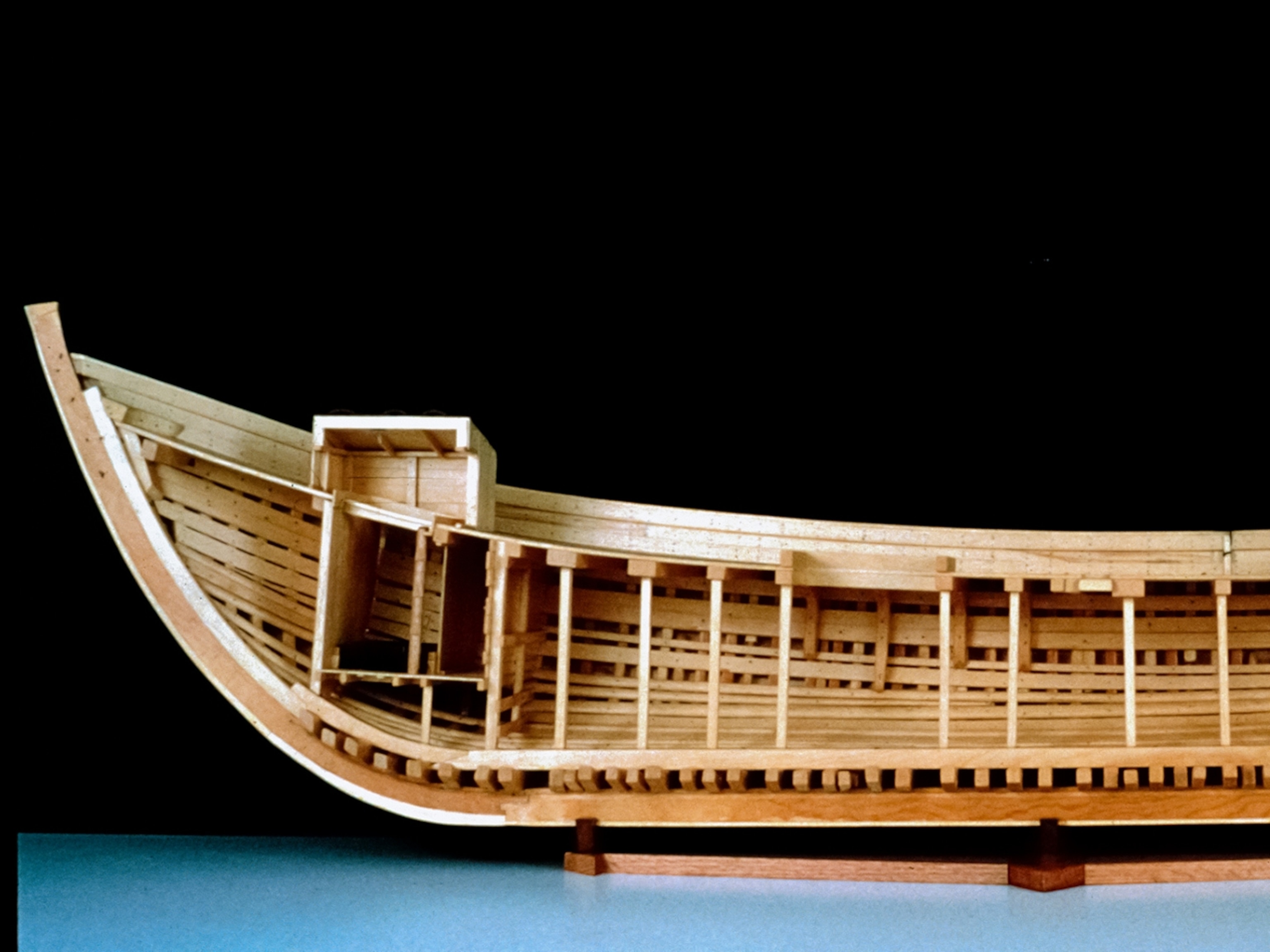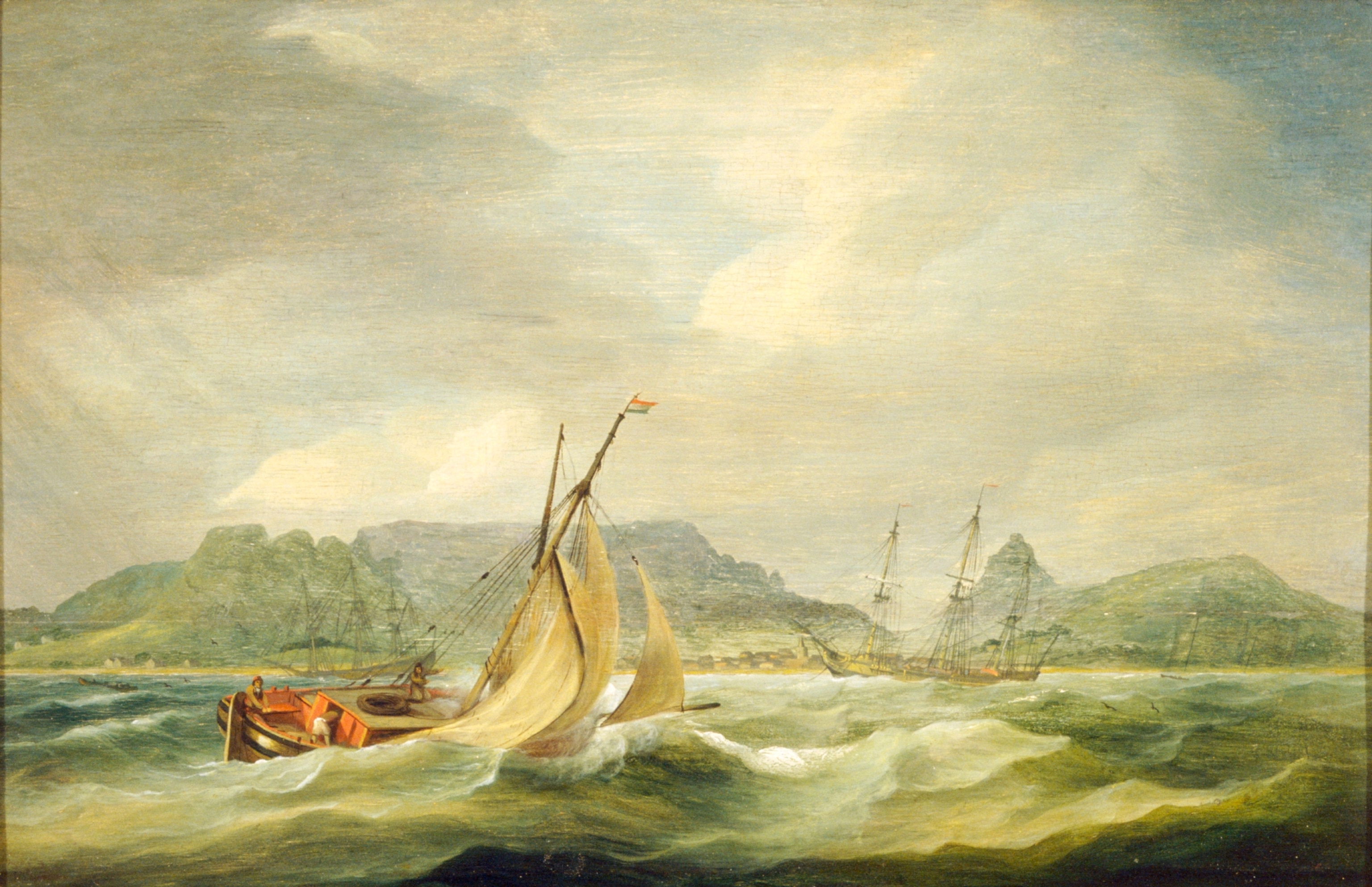
Shipwreck Shines Light on Historic Shift in Slave Trade
A longer route from Africa to South America brought cheaper captives and less competition, but greater risks.
In December 1794, Portuguese slave traders on the east coast of Africa outfitted their vessel for a daunting voyage. The 7,000-mile, months-long journey from Mozambique round the turbulent waters of South Africa and across the Atlantic to Brazil was risky, but there was money to be made. More than 400 men, women, and children lay shackled in the ship’s hold, their fates bound to the merciless law of supply and demand.
The ship, the São José Paquete, wouldn’t make it to Brazil, but its sunken remains have sparked global media coverage of the 18th-century slave trade. A team of investigators from the U.S. and Africa announced the ship’s identity Tuesday after quietly researching the site since 2010. The Iziko Museums of South Africa revealed telltale artifacts such as iron ballast bars, a wooden pulley and copper nails, which will be featured in the Smithsonian’s National Museum of African American History and Culture next year.
The São José Paquete is the only vessel found to date that sank with human cargo trapped inside—a valuable find for nautical archaeologists and slave trade scholars. It is also one of the first known ships to attempt the long-distance passage linking Portugal to Mozambique to Brazil.
Indeed, the ship’s global journey represents European slave traders’ increasingly desperate attempts to secure human labor. After more than two centuries of cruel commerce along Africa’s west coast, demographic exhaustion and rising competition pushed Portugal thousands of miles further east to one of the farthest, cheapest sources of slaves in the trans-Atlantic trade.
Dominating the West
Some 25 million people lived in the 4,000 miles of coastline between Senegambia and Angola—the major vein of the West African slave trade supply. Europeans started to exploit these areas in the early 16th century, with the first slave voyage from Africa to the Americas sailing in 1526 by the Portuguese. By 1600, almost all of the departures from the whole of sub-Saharan Africa came from the west-central region.
Most of the slaves at this period were going to the Spanish Caribbean or Brazil, where over two thirds of all enslaved Africans landed to produce commodities such as sugar, tobacco, rice and cotton. Brazil would supply nearly all of the sugar consumed in Europe. By the 1640s, the northeastern state of Pernambuco alone exported more than 24,000 tons of sugar annually to Amsterdam.

“There’s an old saying by the abolitionists that sugar was made with blood,” says Marcus Rediker, a history professor at the University of Pittsburgh who’s written extensively about the slave trade. “People were worked so hard on the sugar plantations that many of them were worked to death.” This required a constant replenishing of the labor force, he says.
European slave-trading strategies were ruthless. Traders supplied their African allies with guns and gunpowder to intensify tribal warfare. African middlemen would then attack enemy kingdoms, capture slaves, and march them to the coast to sell to European traders.
But this system couldn’t sustain itself forever.
Seeking New Territory
As the slave trade bore on into the 18th century, demand for goods produced in the Americas was voracious, Rediker says. Sugar production was an extremely successful, lucrative enterprise that demanded more and more African slave labor.
African middlemen struggled to meet the heightened demand, traveling deeper inland to find and capture bodies with what Europeans considered prime working hands. “Over the course of the 18th century, which really is the peak period of the slave trade, the availability of those prime working hands is diminishing in traditional outlets,” Rediker says.
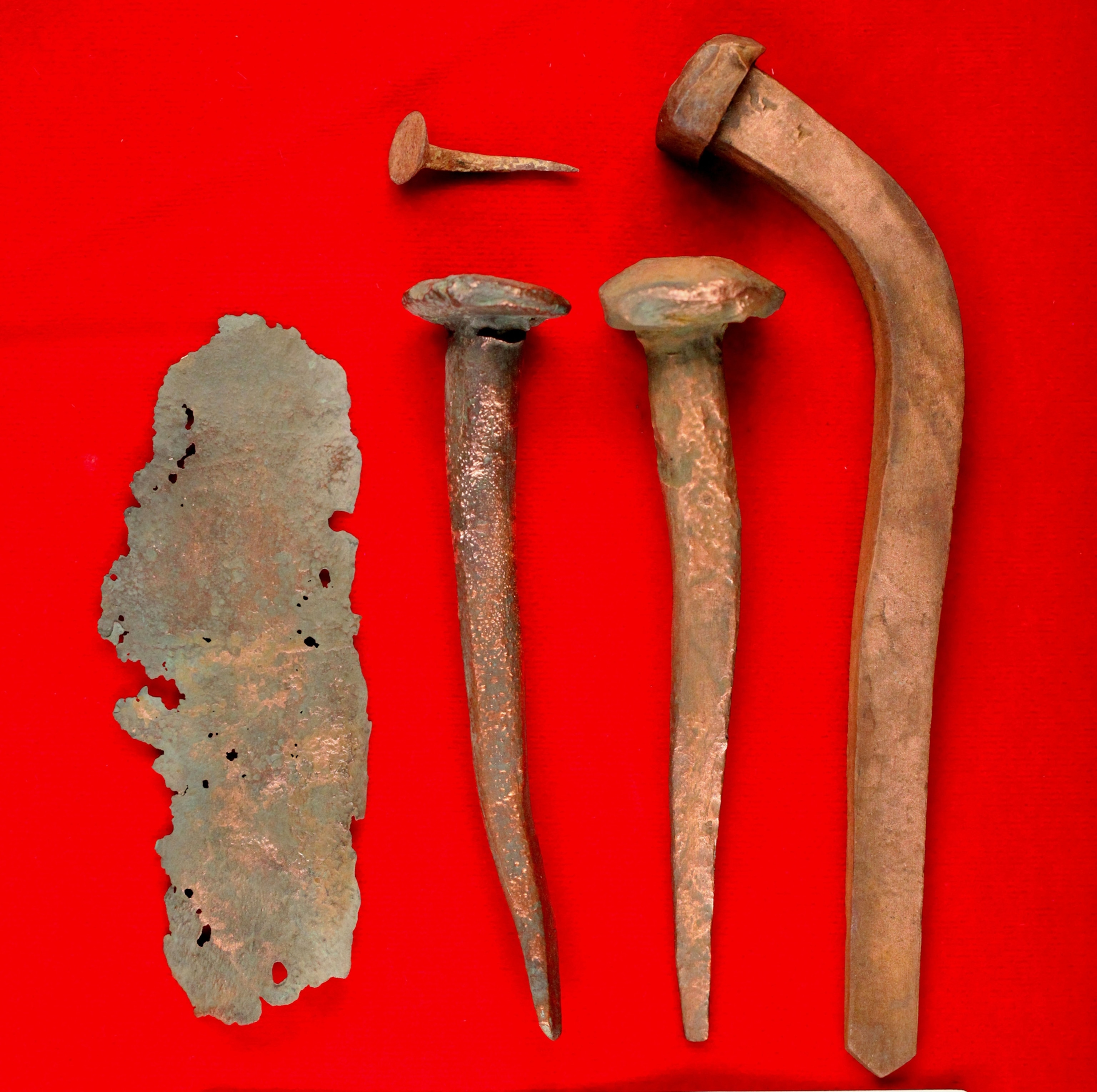
Faced with a dwindling supply of captives along Africa’s west coast, Portugal searched elsewhere. East Africa offered cheaper, less competitive sources. “Slavers had a hard time paying the prices necessary to get slaves from ports that were somewhat closer,” says Walter Hawthorne, professor of African History at Michigan State University.
This is probably why the São José risked the treacherous sail with a higher casualty rate. One Portuguese vessel, ironically named The Protector, lost 339 slaves of the 807 they embarked during a journey from Mozambique to Brazil.
Of the 12 to 13 million slaves loaded onto ships during the trans-Atlantic trade, only about 400,000 of them came from Eastern Africa. Rediker estimates that a few hundred voyages out of 60,000 came from Mozambique during the entirety of the trade.
When the São José started to go down, its crew could save only half of its precious human cargo. 212 African men and women died still chained to the doomed ship. No human remains have been found so far, but Rediker considers the wreckage “a graveyard of the vessel and the people trapped aboard it.”
Follow Greta Weber on Twitter
Correction: An earlier version of this story stated that Marcus Rediker is a professor at the University of Pennsylvania. He is a professor at the University of Pittsburgh.

